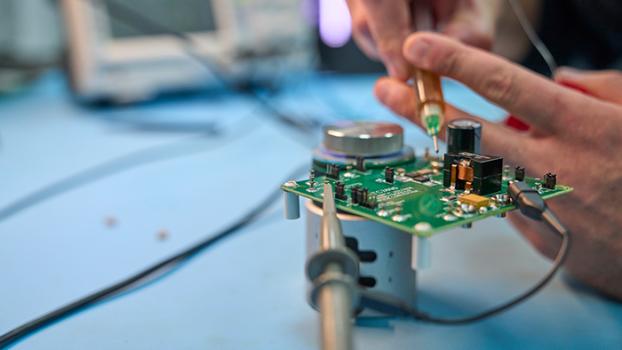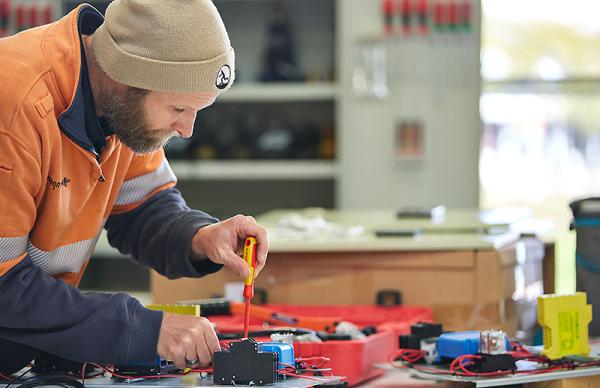
Electronic equipment trades worker
Electronic equipment trades workers maintain, adjust and repair computers, photocopiers, fax machines, cash registers and other electronic commercial and office machines.
Tasks may include testing and fault finding, reassembling equipment and advising users of correct operating procedures.
Electronic equipment trades workers must be aware of safety regulations and must often wear and use supplied protective equipment.
Working conditions
Electronic equipment trades workers are employed in the building, retail, wholesale and manufacturing industries. Some work for government organisations. Others work as self-employed contractors, or are employed by other contractors. The telecommunications and IT aspects of the industry are becoming increasingly important.
Tools and technologies
An electronic equipment trades worker may use:
1000V Rated Tools; AC Detectors/Testers; adjustable wrenches; cable cutters; cable tie guns; cable strippers; crimpers; modular plugs; terminals; crimper die sets and frames; diagonal/micro cutters; electrician scissors; ESD extractors, screwdrivers/cutters and ESD static protection; heat shrink guns; hex key sets; IC insertion tools; pick-up tools; pliers; precision screwdrivers; solder aids and tools; workbench magnifiers; wiring installation tools and wire strippers.
Education and training
To become an electronic equipment trades worker, you usually need to complete an apprenticeship. The electronic servicing (communications), (digital) or (television)apprenticeships usually take 48 months to complete and are available as school-based apprenticeships.

Free support and assistance
Your local jobs and Skills Centre can provide free information, support and assistance to help you decide on the best training options to meet your goals.
Disclaimer
The information presented on the occupation profiles within this website is offered as a guide only.


